High-amp jump starters are redefining roadside emergencies for drivers everywhere. These compact yet powerful devices eliminate the need to wait for help or rely on passing motorists when your battery dies. From small cars to large trucks, modern jump starters provide enough power to revive a wide range of vehicles. Their advanced technology and improved safety features are transforming how we approach vehicle emergencies. Understanding these devices can make a significant difference in your preparedness and peace of mind on the road. This article delves into the technology behind high-amp jump starters, their benefits, and why they're becoming an essential tool for drivers.
What is Amperage?
Amperage measures electric current flow. In jump starters, it indicates the power delivered to a dead battery. Higher amperage means more starting power, which is crucial for cranking engines. Most high-amp jump starters provide 1000 amps or more, significantly exceeding standard models.

Standard vs High-Amp Jump Starters
Standard jump starters typically provide 400-600 amps, suitable for most cars but may struggle with larger vehicles or in extreme cold. High-amp jump starters deliver 1000+ amps, enabling them to start larger engines like trucks and SUVs, perform better in cold weather, and often manage multiple jump starts on one charge.
Why High Amperage Matters
Higher amperage offers greater versatility across vehicle types, more reliability with weak batteries, and better cold-weather performance. For example, a high-amp model can start a large diesel truck in freezing temperatures where a standard unit might fail.
Technological Advancements
Recent battery technology improvements have made high-amp jump starters more compact and efficient. Modern devices pack more power into smaller units, include safety features, and often offer additional functionalities like USB charging ports.
The Technology Behind High-Amp Jump Starters
High-amp jump starters represent a significant leap forward in emergency power solutions. Their impressive capabilities are the result of several key technological advancements.
1. Lithium-Ion Revolution
High-amp jump starters owe much to advancements in lithium-ion battery technology. These batteries offer high energy density, allowing for significant power in a compact, lightweight package. They maintain charge longer and perform better in extreme temperatures than older lead-acid batteries.
2. Smart Design and Safety
Modern jump starters incorporate sophisticated circuits to manage power flow effectively. These regulate voltage and current, ensuring safe power delivery. They include protective measures against reverse polarity, short circuits, and overcharging. Many now feature intelligent charging systems that optimize the process and extend battery life.
Safety is paramount in design, with features like spark-proof connections and automatic shut-off mechanisms protecting both user and vehicle.
3. Durable and Portable
Despite increased power, modern high-amp jump starters are designed for portability and durability. Rugged casings protect internal components, while ergonomic designs ensure easy handling and storage.
These technological advancements enable high-amp jump starters to offer significantly improved performance over traditional models, providing reliable emergency power for a wide range of vehicles.
High-Amp vs. Traditional Jump Starters: A Performance Comparison
High-amp jump starters offer significant advantages over traditional models. Here examines the key differences and highlights why high-amp units are often the superior choice.
1. Power Output and Capability
High-amp jump starters typically deliver 1000 amps or more, compared to 400-600 amps from traditional models. This increased power allows them to start larger engines and deeply discharged batteries more effectively. While a traditional jump starter might struggle with a V8 engine or a diesel truck, high-amp models can handle these tasks with ease.
2. Versatility and Compatibility
High-amp units are compatible with a wider range of vehicles, from small cars to large trucks. They often include adjustable voltage settings, making them suitable for both 12V and 24V systems. Traditional jump starters are usually limited to 12V systems and smaller engines.
3. Charging Time and Longevity
Modern high-amp jump starters charge faster and hold their charge longer than traditional models. While a traditional unit might need recharging after a few months, many high-amp models can maintain their charge for up to a year. This makes them more reliable in emergency situations.
4. Additional Features
High-amp jump starters often come with extra features that enhance their utility. These may include built-in air compressors, USB ports for charging devices, and LED work lights. Traditional models typically lack these additional functionalities.
5. Size and Portability
Despite their increased power, high-amp jump starters are often more compact and lightweight than traditional models, thanks to advanced battery technology. This makes them easier to store and transport, increasing their practicality for everyday use.
Versatility and Compatibility of High-Amp Jump Starters
High-amp jump starters are designed to meet a wide range of automotive needs. Their versatility and broad compatibility make them valuable tools for various vehicle types and situations.
1. Vehicle Compatibility
High-amp jump starters can handle a diverse array of vehicles. From compact cars to heavy-duty trucks, these devices provide sufficient power to start engines of various sizes. Many models are compatible with both gasoline and diesel engines, offering a one-size-fits-all solution for multi-vehicle households or fleet operations.
2. Voltage Flexibility
Most high-amp jump starters support both 12V and 24V electrical systems. This dual-voltage capability allows them to work with passenger vehicles, commercial trucks, and even some construction equipment. Users can typically switch between voltages with a simple button press or dial turn.
3. Multi-Functional Design
Beyond jump-starting, these devices often serve multiple purposes. Many models include USB ports for charging smartphones, tablets, and other electronic devices. Some feature built-in air compressors for inflating tires, while others incorporate powerful LED lights for emergency illumination.
4. Weather Resistance
High-quality high-amp jump starters are built to withstand various weather conditions. They often feature rugged, weather-resistant casings that protect internal components from moisture and extreme temperatures. This durability ensures reliability in diverse climates and situations.
5. Smart Technology Integration
Advanced models incorporate smart technology that enhances their versatility. Features like reverse polarity protection, short circuit prevention, and automatic power-off functions make these devices safer and easier to use across different vehicle types.
Safety Features in High-Amperage Jump Starters
Safety is a paramount concern in the design of high-amp jump starters. Manufacturers have incorporated numerous safety features to protect both users and vehicles during operation.
1. Reverse Polarity Protection
One of the most critical safety features is reverse polarity protection. This system prevents damage if the jumper cables are accidentally connected to the wrong battery terminals. When reverse polarity is detected, the jump starter automatically shuts off or alerts the user, preventing potential electrical damage or sparks.
2. Short Circuit Prevention
High-amp jump starters include safeguards against short circuits. These protective measures quickly cut off power flow if a short circuit is detected, preventing damage to the vehicle's electrical system and the jump starter itself.
3. Overcharge Protection
To prevent battery damage, modern jump starters incorporate overcharge protection. This feature automatically stops the charging process once the battery reaches full capacity, ensuring the longevity of both the jump starter and the vehicle's battery.
4. Spark-Proof Connections
Many high-amp models feature spark-proof clamps or connectors. This technology prevents sparking when connecting the jump starter to a battery, reducing the risk of igniting flammable gases that may be present under the hood.
5. Temperature Monitoring
Advanced jump starters often include temperature sensors. These monitor the device's internal temperature during use, automatically shutting down if it becomes too hot. This prevents overheating and potential battery failure.
6. User-Friendly Indicators
Clear, easy-to-understand LED indicators or digital displays are common in modern jump starters. These provide real-time information about the connection status, battery level, and any potential issues, helping users operate the device safely and effectively.
Consumer Considerations When Choosing High-Amp Jump Starters
When selecting a high-amp jump starter, consumers should consider several key factors to ensure they choose the right device for their needs.
1. Amperage and Peak Current
The amperage rating is crucial when selecting a jump starter. Higher amperage generally means better performance, especially for larger engines. For instance, the Fanttik T8 MAX offers an impressive 4000 amp peak current, making it suitable for a wide range of vehicles, including large trucks and SUVs.
2. Battery Capacity
A jump starter's battery capacity, measured in milliamp-hours (mAh), indicates how many times it can jump-start a vehicle before needing a recharge. The Fanttik T8 APEX, known for its reliability, boasts a high-capacity battery for multiple jump starts.
3. Portability and Design
Consider the size and weight of the jump starter. Compact models like the Fanttik T8 1300 Amp Jump Starter offer a good balance between power and portability, making them easy to store in your vehicle.
4. Additional Features
Many modern jump starters come with extra features. Look for models with USB ports for charging devices, built-in LED lights for emergencies, and compatibility with both 12V and 24V systems. The Fanttik T8 series typically includes these useful additions.
5. Safety Features
Prioritize jump starters with comprehensive safety features such as reverse polarity protection, short circuit prevention, and overcharge protection. These features are standard in high-quality models like those in the Fanttik T8 line.
6. Price and Warranty
While it's tempting to opt for the cheapest option, investing in a reliable, feature-rich model often proves more cost-effective in the long run. Consider the warranty offered, as it can be indicative of the manufacturer's confidence in their product.
Take Charge with High-Amp Jump Starters
High-amp jump starters have transformed roadside emergencies. These powerful, portable devices outperform traditional models in starting various vehicles, from cars to trucks. They're now more compact and efficient thanks to improved battery technology. When buying one, look at the amperage, battery life, extra features, and safety measures. Investing in a good high-amp jump starter isn't just about buying a device – it's about being prepared for any battery problem on the road. With the right jump starter, you'll have the confidence to handle unexpected situations, keeping you moving no matter what.

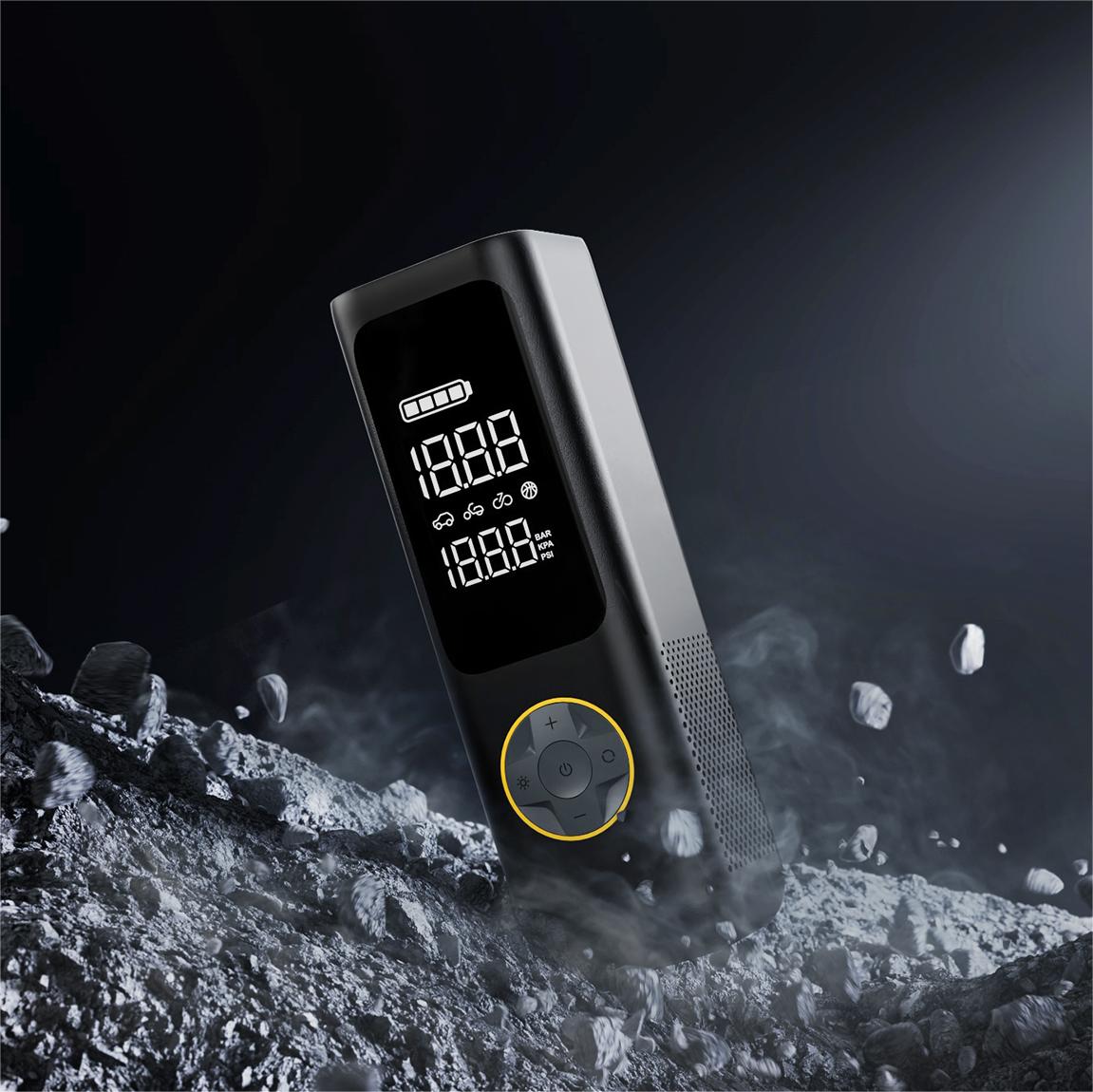

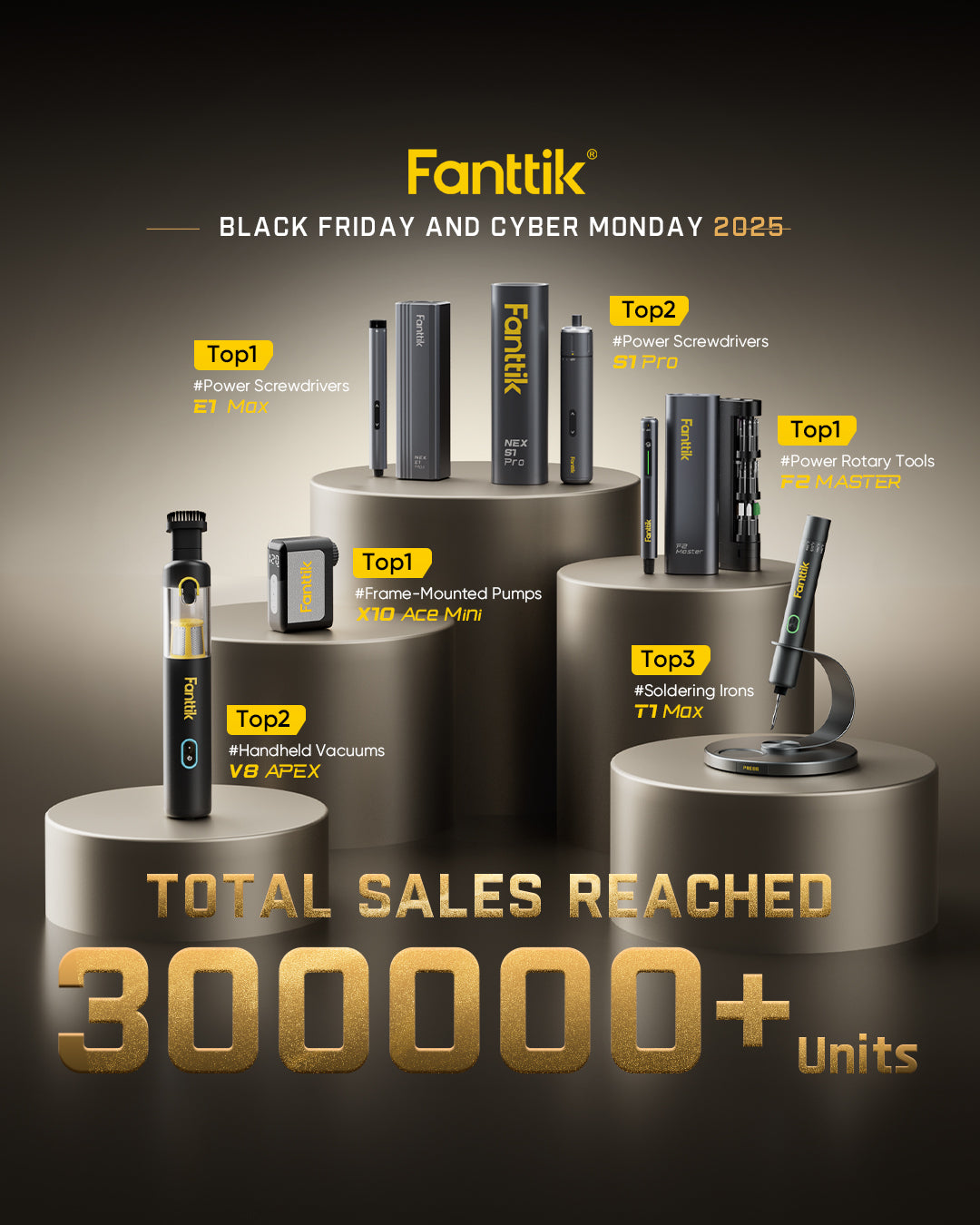

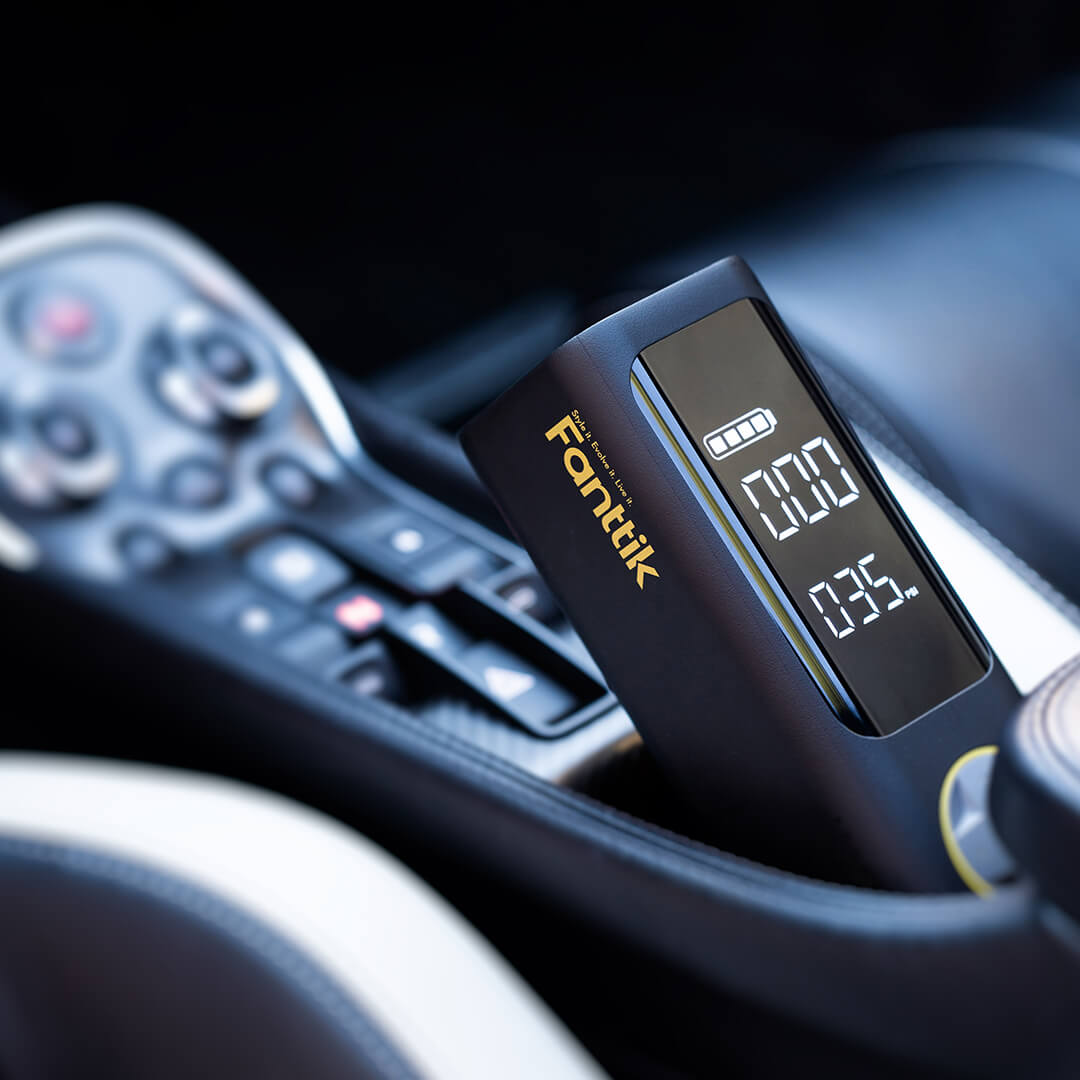
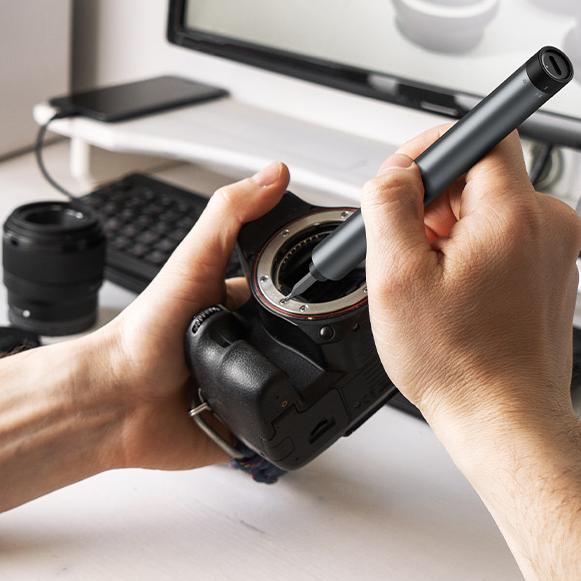





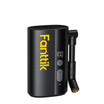
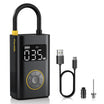
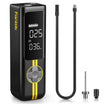
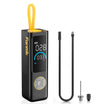
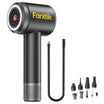
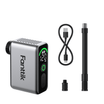
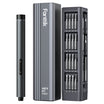
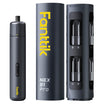
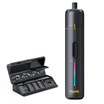
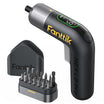
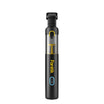
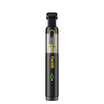
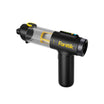
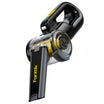
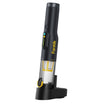
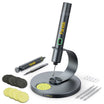
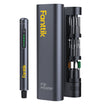
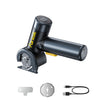
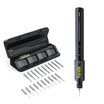

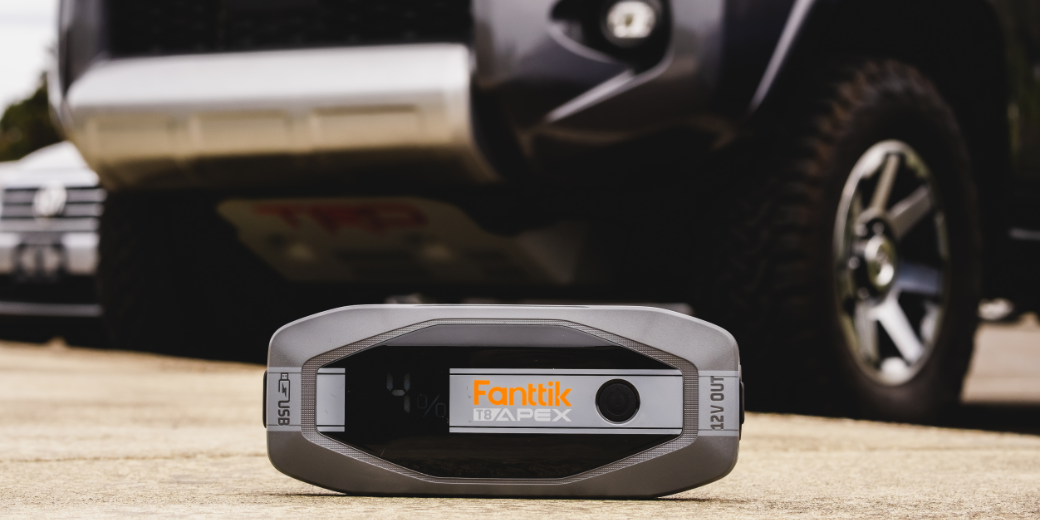
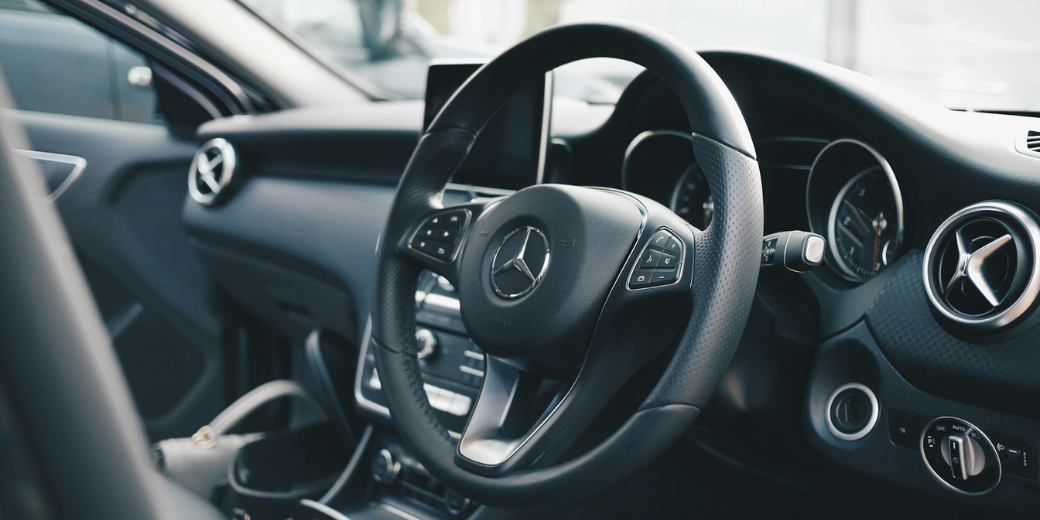
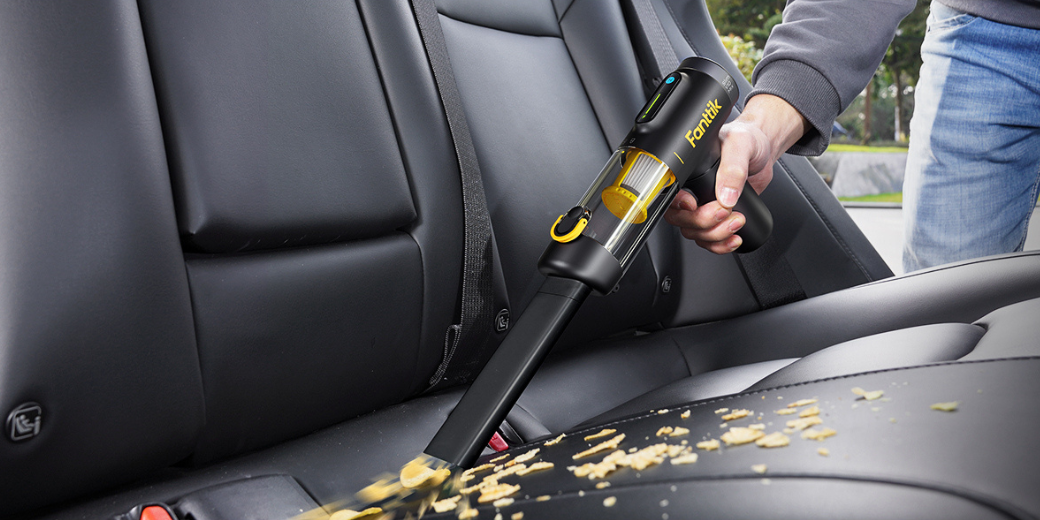
Leave a comment
All comments are moderated before being published.
This site is protected by hCaptcha and the hCaptcha Privacy Policy and Terms of Service apply.